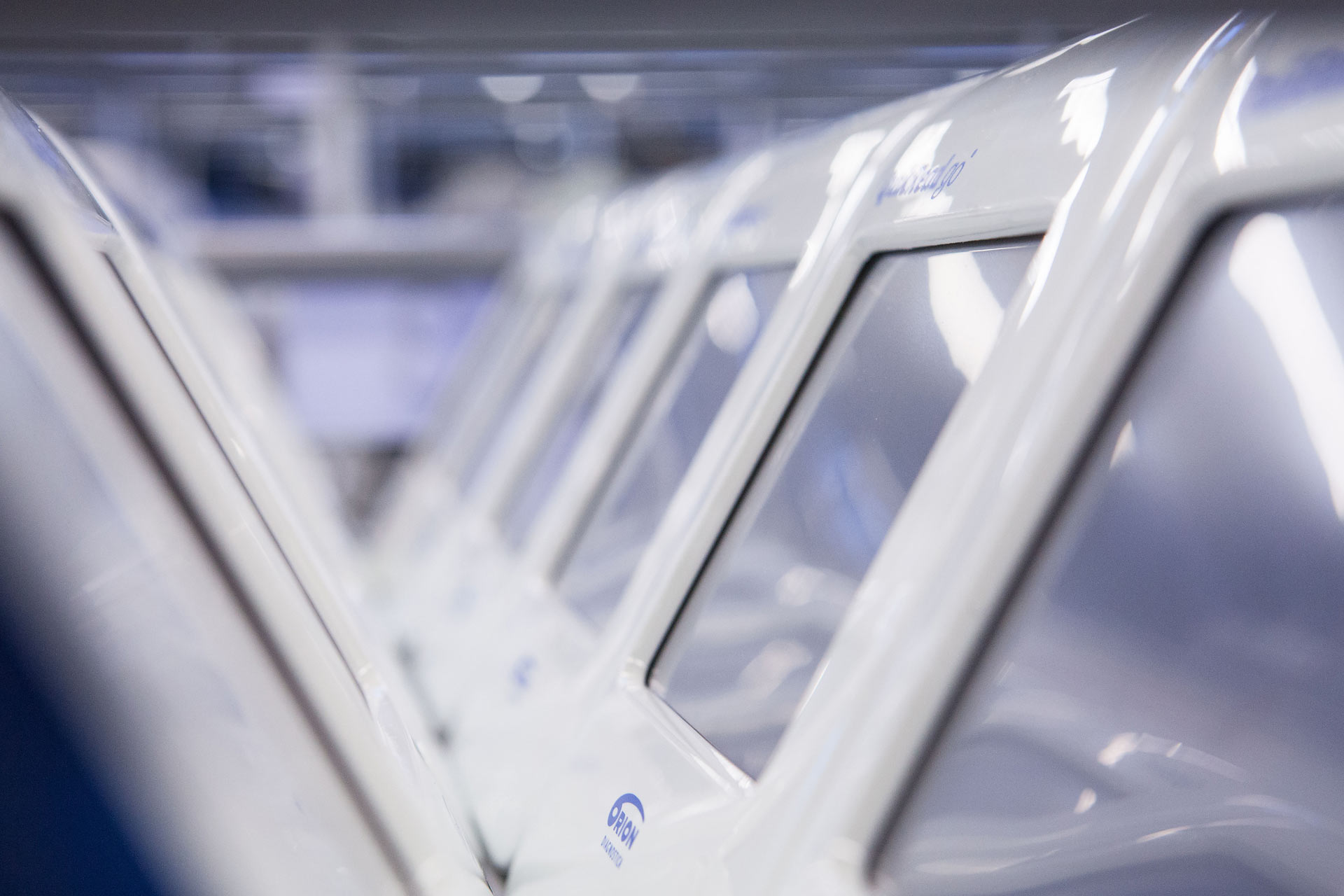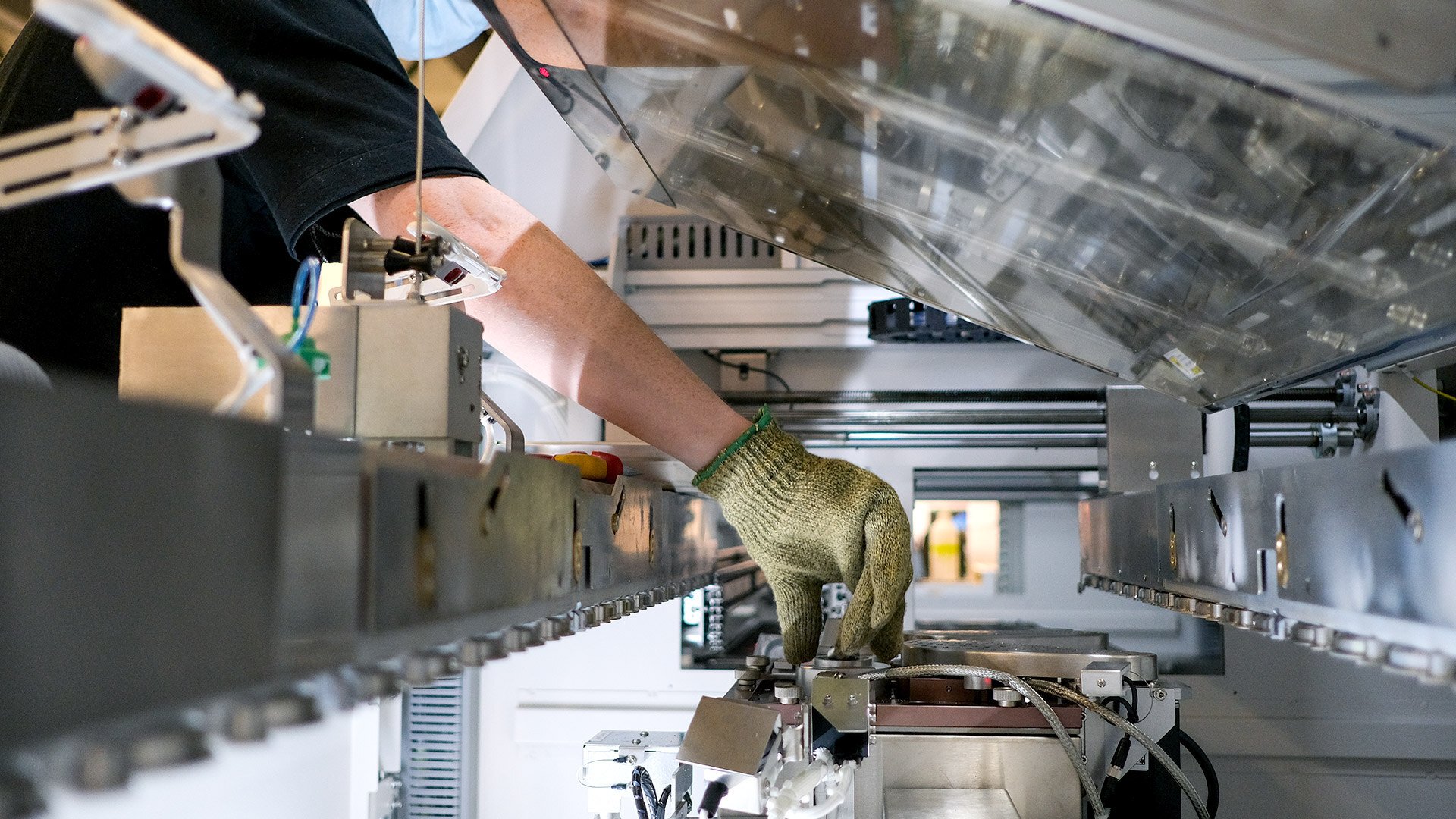In our previous MDR related blog post we discussed how to proceed in implementing the new MDR to your Quality Management System. The QMS requirements are assessed for all existing certifications from 26 May 2020 onwards, and therefore it is a good idea to start from QMS.
Now it’s time to discuss about how to ensure that your existing products are compliant with the new regulation. This is important because there is no “grandfathering” - the new MDR requires existing medical devices to undergo conformity assessment to the MDR and to be CE marked anew, even if they have been on the market previously under the MDD/AIMDD.
Therefore, here are some tips to get ready for the new MDR with your existing legacy product to ensure it’s compliant with the new regulation!
Let's start!
Tip #1. Check if your non-medical device is a medical device according to MDR
Tip #2. Check if your medical device classification has changed
Tip #3. Re-examine and update your Technical file
Tip #5. Pay attention on clinical evidence requirements
Tip #6. Get your company familiarized with PMS and PMS Technical Documentation
Tip #7. Check labelling and UDI requirements
Tip #8. Update Declaration of Conformity and apply CE marking to your devices
Tip #1. Check if your non-medical device is a medical device according to MDR
Devices listed in Annex XVI are in scope and subject to common specifications addressing at least application of risk management and general safety and performance requirements (Annex I) and clinical evaluation. This list includes e.g. aesthetic or other implantable or invasive products such as non-corrective contact lenses, equipment for liposuction or hair removal lasers and equipment for electromagnetic brain stimulation.
Additionally, MDR specifically regulates devices incorporating or consisting of nanomaterial and introduces different classes in accordance with the level of exposure that they present. The European Commission is empowered to add new groups of products to Annex XVI by means of delegated acts.
Tip #2. Check if your medical device classification has changed
The new MDR sets out 22 rules for determining risk classes (Annex VIII), compared to 18 rules under the Directive. Familiarize yourself first with the new MDR definitions, then study carefully the Annex VIII, and check if your device’s classification has changed. Document the classification determination and provide the justifications for the classification rule(s) applied.
For example, software falls now under rule 11, and most of the software that fall currently under Class I according to MDD are now expected to fall under Class II according to MDR.
Up-classified products will require more in-depth reviews from Notified Bodies (NB) and these devices will be subject to greater scrutiny in terms of available clinical data review by the NB. Notice also that for some products (mainly class III) you must check if the route of the conformity has also been changed.
Discuss about the classification with your notified body. Any dispute between the manufacturer and the notified body regarding the classification should be brought to the competent authority for a decision.
Tip #3. Re-examine and update your Technical file
The technical documentation has been described in the Annex II of the Regulation. Technical documentation has to be developed during the design and development process of a device and maintained throughout its entire life cycle. In new MDR there is much more detailed information what kind of documentation there should be included in the Technical File than earlier.
The new Technical File requirement consists of 6 parts;
1. Device description and specification, including variants and accessories
2. Information to be supplied by the manufacturer
3. Design and manufacturing information
4. General safety and performance requirements
5. Benefit-risk analysis and risk management
6. Product verification and validation
You should also notice, that manufacturers of class I devices, which are not provided sterile, have no measurement function and are not reusable surgical instruments, will also need to update their technical documentation in order to comply with the regulation, even though they may issue MDR compliant DoC without involvement of a NB. For example, all classes of medical devices, manufacturers must now provide information in the technical documentation to explain the design stages and procedures that applied to their device (Annex II, point 3). Under the requirements of the MDD/AIMDD, this was only the case for class III devices.
Tip #4. Pay special attention on Technical Documentation requirement part 4: General Safety and Performance Requirements (SPR)
The SPR will replace the Directives’ Essential Requirements. These requirements can be found from Annex I of the Regulation. Your technical documentation shall contain information to demonstrate conformity to general safety and performance requirements that are applicable taking into account its intended purpose and shall include methods used to demonstrate conformity (like justification, validation and verification).
Annex I has three chapters: 1. General Requirements, 2. Design and Manufacture and 3. Information supplied with the device. The Safety and Performance requirements are similar to Essential Requirements, but generally there is much greater emphasis now on the risk management, risk/benefit and “state of art”.
There are also new requirements for the devices without a medical purpose and new requirements for lay person users are introduced. Additionally, there are new requirements for interaction with the environment and compatibility with other devices, much more detail regarding chemical, physical and biological properties, toxicology and specific substances of concern etc. Information supplied with the device includes many new labeling requirements, new IFU requirements and more requirements for the format, readability and availability etc. for the information supplied with the device.
Tip #5. Pay attention on clinical evidence requirements
Product verification and validation includes clinical and performance validation. More rigorous clinical evidence is required for class III and implantable medical devices by new MDR. Systematic clinical evaluation for Class IIa and Class IIb medical devices is required.
Manufacturer will need to re-prepare their clinical evaluation by considering the new wording of the regulation on when an equivalence approach and under which circumstances it is possible to justify not conducting a clinical investigation. Clinical data will need to be robust enough to duly substantiate any claims. Meddev 2.7.1 rev 4 can serve as a guidance on the methodology how clinical evaluation could be documented.
Tip #6. Get your company familiarized with PMS and PMS Technical Documentation
The MDR requires a subpart within the technical documentation, which specifically addresses the Post Market Surveillance activities set up by the manufacturer. Details on what information needs to be provided in this part of the technical documentation are found under Annex III of the MDR.
More precisely, the technical documentation now must contain a Post Market Surveillance plan that complies with the obligations of the manufacturers as referred to in Article 84 of the MDR, a Periodic Safety Update Report (PSUR) for devices greater than class I (Article 86 of MDR), or a PMS report for devices of class I (Article 85 of the MDR).
Tip #7. Check labeling and UDI requirements
Most probably you will need to update the labeling of your device. Ensure that device is supplied with required information (Annex I, Section 23) in official EU language. Whenever UDI system becomes applicable, assign a UDI to the medical device in accordance with Article 27 of the MDR, and implement all the necessary labeling with the UDI.
Tip #8. Update Declaration of Conformity and apply CE marking to your devices
The EU declaration of conformity shall state that the requirements specified in this Regulation have been fulfilled in relation to the device that is covered. Study Annex IV of the Regulation to find out what information EU declaration of conformity should contain, as a minimum.
The Doc has to be translated into an official Union language or languages required by the Member State(s) in which the device is made available. The EU declaration of conformity must be kept up-to-date.
Devices, other than custom-made or investigational devices, considered to be in conformity with the requirements of this Regulation shall bear the CE marking of conformity. Annex V of the Regulation defines the appearance of the CE marking.
Importers of medical devices are also now obligated to verify that the Declaration of Conformity is existing and that the device has been CE marked.
Tip #9. Communicate with NB
Check that (existing) Notified Body is designated under MDR/for relevant category of devices or establish relationship with new NB and discuss early enough with the NB about transition to MDR.
This was our short discussion on how to ensure that your existing products are compliant with the new regulation. In the future posts we will introduce more our thoughts on how to prepare for the coming MDR. So stay tuned!
Meanwhile, you can get yourself familiarized with that how to ensure the quality compliance during the whole life cycle of the medical device in practice. You can download our White Paper including insights related to that. It shows an illustrated outline of the stages in developing your idea into a worldwide selling product in the medtech/healthtech sector. These phases demonstrate how to ensure compliance to enable medical devices to be placed on the market as smoothly as possible.
Please download your free white paper below!











